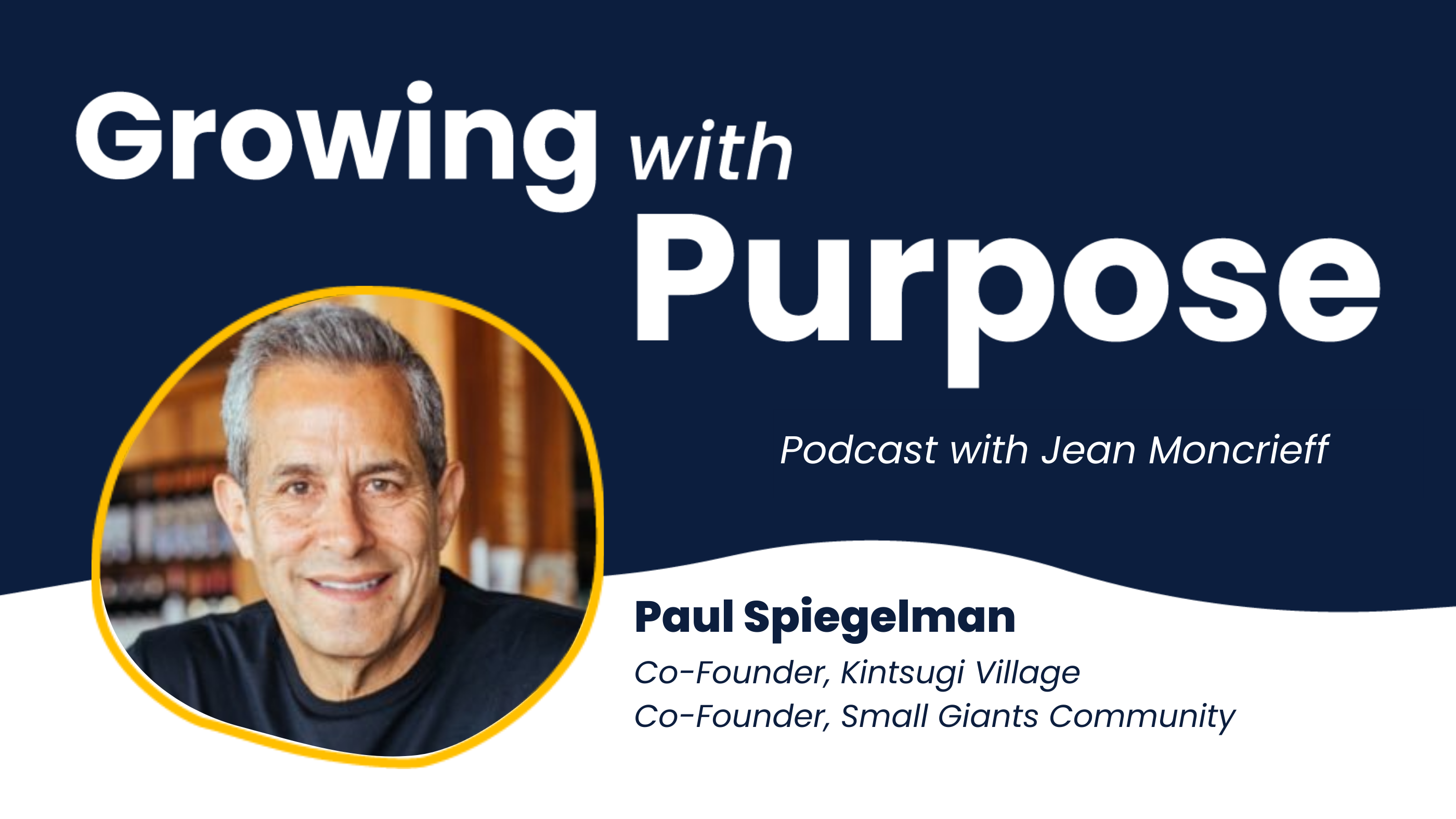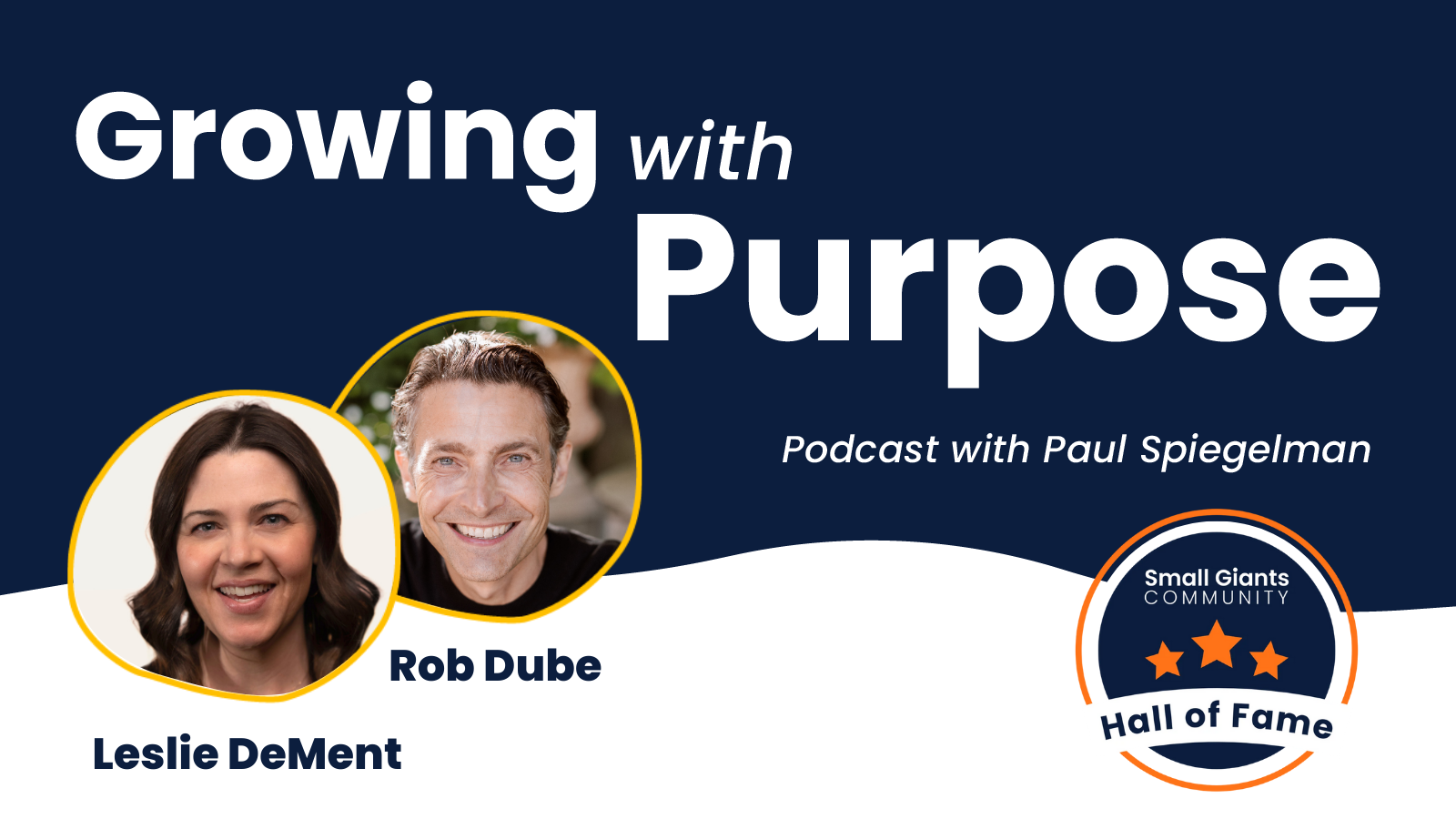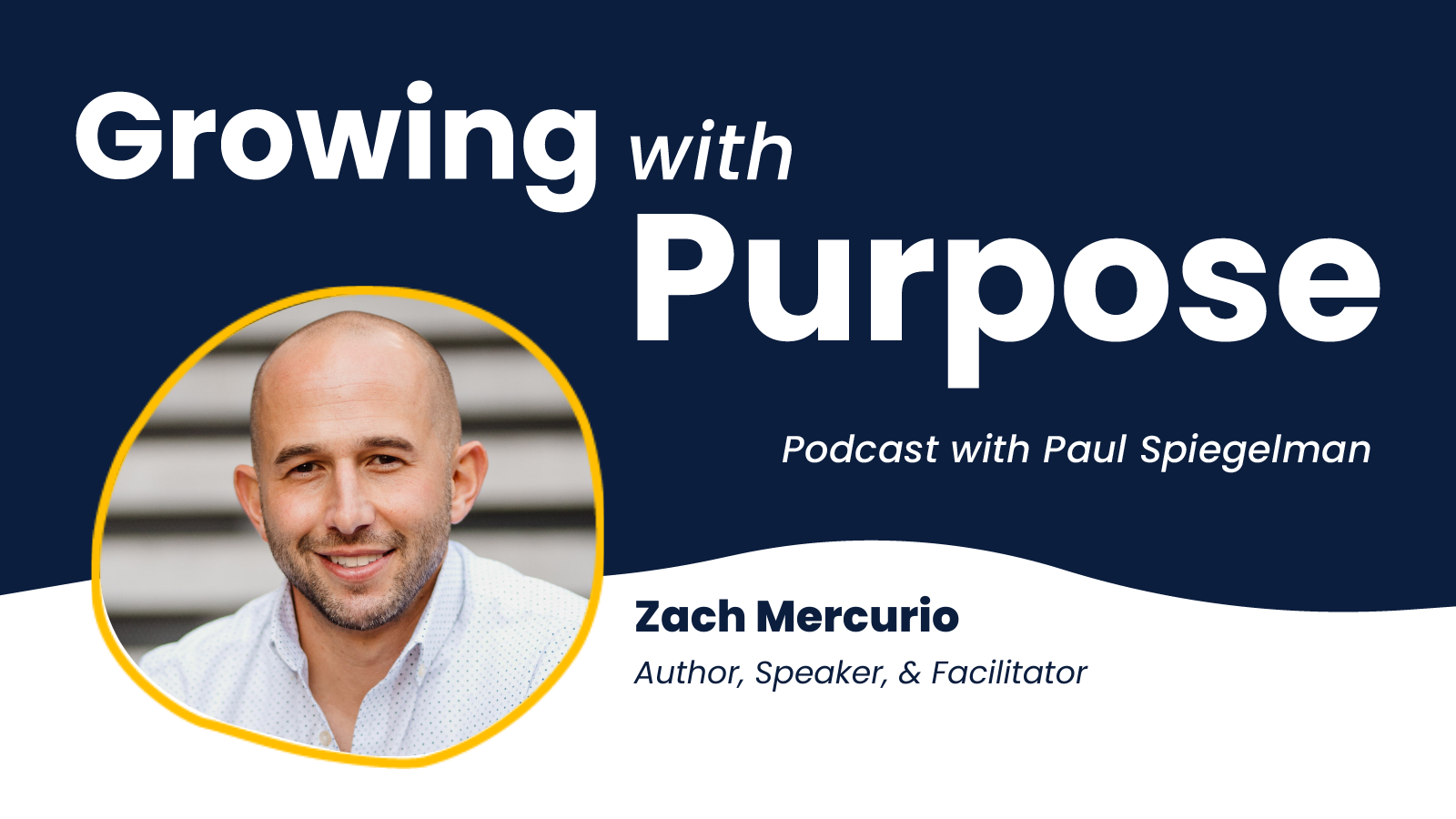Coherent Leadership: How Your Physiology Impacts Your Leadership
 Do you know how your brain-heart coherence impacts your leadership? Research in human physiology is revealing that when the heart and brain work together, we enter a coherent state that can lead to more effective leadership and business innovation. At an April 2018 Small Giants Fishbowl, Tyler Mongan, Co-Founder of Heart Lab and HAKU.global, explored human physiology, coherent leadership, and how understanding your physiology can help you become a better leader.
Do you know how your brain-heart coherence impacts your leadership? Research in human physiology is revealing that when the heart and brain work together, we enter a coherent state that can lead to more effective leadership and business innovation. At an April 2018 Small Giants Fishbowl, Tyler Mongan, Co-Founder of Heart Lab and HAKU.global, explored human physiology, coherent leadership, and how understanding your physiology can help you become a better leader.
How you show up physiologically as a leader matters more than you might think. When we learn how to change our physiological state to achieve brain-heart coherence, we can also influence the physiological state of the people we interact with. For business leaders, that means more collaborative, productive, and innovative teams working together to achieve great results. Drawing on his background in both neuroscience and executive leadership, Tyler shares the science of brain-heart coherence, how to become a coherent leader, and how our physiology influences our teams.
Ready to master the art (and science!) of becoming a more authentic leader and cultivating a coherent culture? Let’s get started.
The Science of Brain-Heart Coherence
What exactly is brain-heart coherence? Generally speaking, it’s a physiological state in which the brain and heart synchronize and integrate with other parts of the body to work in harmony. You’re likely to recognize this state by how it feels — in a coherent state, you’re more relaxed, focused, and engaged. From a physiological perspective, we can observe this shift in a couple of different ways. First, heart rate variability, or the space between each heartbeat, is very consistent and rhythmic in a coherent state.
For example, one study observed the difference in heartbeat variability when a person thought about a frustrating moment versus a pleasant moment. When thinking about frustration, their heartbeat variability was all over the place. When thinking about a pleasant memory, like a moment of appreciation, their heartbeat went into a rhythmic state. That rhythmic state is the beginning of a coherent state, allowing your heart to create physiological coherence throughout the body. The presence of alpha waves are another indicator of brain-heart coherence. Alpha waves move the brain, which influences your thoughts, emotions, and behaviors, into a state of relaxation, focus, and creativity. In fact, alpha waves are usually created when you’re meditating, daydreaming, or doing an aerobic exercise. This state of brain-heart coherence is the most conducive for leadership and innovation.
Through his work at Heart Lab, Tyler investigates the application of human physiology and quantum medicine science in the business landscape, finding opportunities for leaders and organizations to catalyze innovative strategies for success. It sounds complicated, but as Tyler explains, think of physiology as your starting point for leadership and strategy. Logically, we know that our thoughts and actions as leaders are influenced by our mental state and human physiology. That’s why it’s so important to understand how brain-heart coherence actually works. Brain-heart science shows that when we enter a coherent state, we increase cognitive function, creativity, decision-making abilities, and decrease the stress hormone cortisol.
Brain-Heart Exercise: Experiment with changing your physiology through a quick exercise in brain-heart coherence. Close your eyes and check in with your nervous system — what’s going on with your nerves right now? Are you hungry or tired? Maybe you feel pain in parts of your body. Because your nervous system is constantly looking for information, internally and externally, these factors are all influencing your physiological state. We often neglect that simple reality. As a result, you might go into a meeting and unconsciously allow your physiological state to impact its outcomes. The first step to harnessing your physiological state is to develop a mental focus on the many factors that influence it.
How to Become a Coherent Leader
Business leaders are often accustomed to operating in a stressful, high-strung state. In fact, many of us are in a low-level amygdala state at work, which puts us in a near-constant fight-or-flight mode. Sometimes we feel good in that state, because it pushes us to move quickly and get a lot done. But when you’re in a brain-heart coherent state, your mind and body are working together in a more effective, efficient way. We all aim for synergy and collaboration in our businesses, and brain-heart coherence puts synergy and collaboration in the body itself.
Still, moving into a coherent state might feel uncomfortable at first. For example, when a team is in a coherent state, there’s no competition — instead, there’s collaboration, support, and free-flowing ideas. For leaders who are used to being in charge and controlling the environment, the shift is disarming. It’s all a part of the process. Tyler compares it to the sport of rowing; when everyone is in sync, it feels like you’re not doing anything at all. Things start to feel effortless.
Becoming a coherent leader is all about bringing you out of the past and into the present moment, so that you can create a better future. Practicing coherence is really as simple as focusing on the heartbeat. Take 3-5 minutes before a team meeting or a client call to find your heartbeat and focus on it. The idea is to get your body working together to become one thing, in one time, and one place.
When you move the brain and heart to a coherent state, the entire body follows. There are several ways for your heart to communicate with the rest of your body. First, your heart can communicate with your nervous system physiologically. Second, your heart can communicate with the brain and body biochemically, through hormones. Third, your heart can communicate to the body rhythmically, through the pulse. The heart’s electromagnetic field is 100 times stronger than the brain electrically and 5,000 times stronger magnetically. When your heart shifts, every cell in your body can feel that shift and falls in line to follow suit.
Brain-Heart Exercise: A great way to achieve brain-heart coherence is through a simple heartbeat focus reflection. It’s the simple (yet powerful!) act of focusing on our heartbeat. Close your eyes, find your heartbeat on your chest, wrist, or neck, and listen to it. Notice how it grows stronger in the body as you focus on it. See if you can notice your heart beating in other places. Can you feel it in your hands or in your head? Do you feel more relaxed? Take note of how you feel. This exercise brings awareness and begins to connect your heart, brain, and body. The research firm Heart Math found that just by focusing on your heartbeat, you function better cognitively, creatively, and you make better decisions.
Influencing Employees and Teams
Throughout our lives, our nervous systems are developing and changing, influencing our personalities and behaviors. But by age 35, our nervous systems are anchored deeply in the body; our glial cells start to wrap around the nerves, the pathways we form become ingrained in us, and it’s increasingly difficult to change how we behave in the world. Biologically, those pathways are the most efficient for our bodies, and it’s hard to convince the brain to behave otherwise. We do the same thing with our businesses — we create pathways that we think are essential to who we are and the success of the company, and they become ingrained and difficult to change. Here’s the tough reality: studies suggest that any given person has about 60,000 - 70,000 thoughts per day. 90 percent of those thoughts are the same that we had the day before. Only 10 percent of our daily thoughts are new and novel. As a result, we’re often creating the future of our businesses from the past.
Coherent leadership helps you break old patterns and dispel negative and unconscious thoughts. As we start to become coherent, we become more conscious of what we are thinking and more comfortable letting go of the past. By focusing on the present moment, we start to have more novel ideas. As a leader, cultivating your own coherence will help you start to influence the people around you and the workplace.
Let’s say you want to get your teams to a more coherent state through a visioning exercise. Many of us only engage the brain in the visioning process — we share predictions and forecasting and get mental buy-in, but employees don’t believe in their hearts that it will actually happen. When employees aren’t in a coherent state, their brains will kick in to point out the inherent ‘danger’ in a new plan or big idea: management will never buy in, there’s too much red tape, or it’s too risky.
But when you foster a coherent culture, everyone starts moving forward together. Beyond the positive influence of your own coherent state, you can start by sharing heartbeat focus reflection exercises with your team. Before a meeting, ask employees to take five minutes to get themselves into a high-performing, coherent state. When teams are truly coherent, they are relaxed, collaborative, and ready to take action immediately.
As you learn to find your heartbeat, especially throughout your entire body, your physiology will shift to a coherent brain-heart space. In this state, we can reach new heights in our leadership and our businesses.
Want even more purpose-driven leadership articles delivered to your inbox? Subscribe!





Submit Your Comment